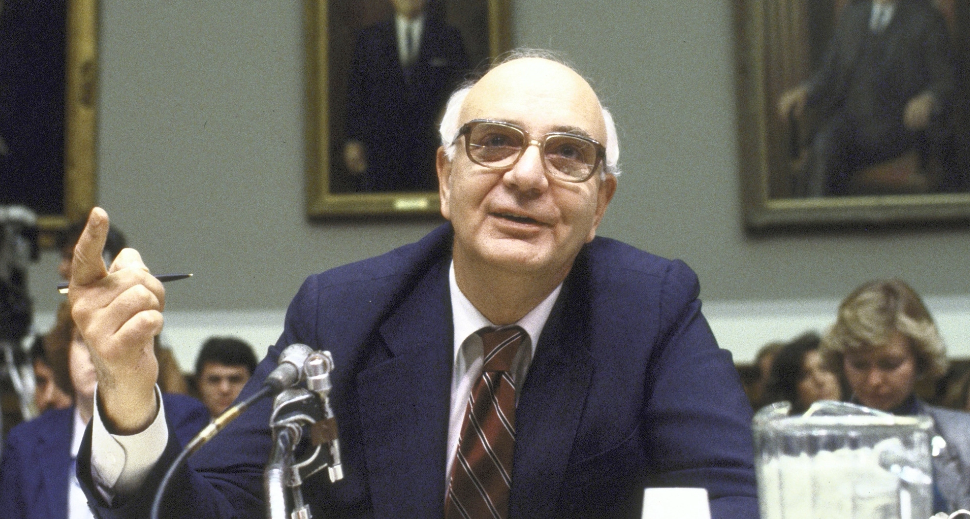Investors have had a tough ride in 2022 and fund flows have been particularly sensitive to the rhetoric and policy of the Federal Reserve.
It is arguably the most important time for the Fed since the 1970s when chair, Paul Volcker, pushed the economy into a recession to stop inflation.
Despite the backdrop of recession and impending rate hikes, the Nasdaq Composite rallied 25% off the lows in June. Yet Wall Street strategists have warned that stocks are in line for a pullback – having come too far too fast.
Looking at broad fund flows, retail investors have been net redeemers of funds, exchange-traded-funds (ETFs) and money market funds. Tax-exempt funds have also suffered outflows.
Get inflation down, recession or not
Jack Fischer, senior research analyst at Refinitv Lipper, said the bullwhip effect of lockdown that spurred equity highs and strong consumer confidence has been replaced by a more perilous outlook.
“Now we’re seeing inflated prices, supply chain constraints, unpredictable political issues surface and, more recently, a global drought, which is causing China to shut down some factories and European cargo ships to lighten their loads,” he said.
To compound this further, US farmers are forecasting lower output and further rate hikes are widely expected from the Fed later this year.
“Jerome Powell has reiterated – as has the Richmond Fed President, Tom Barkin – that their main concern is to get inflation down to 2% – whether that creates a recession or not,” added Fischer.
Investors wary of a hawkish Fed triggered substantial outflows in Q2 but now inflows have started to increase amidst a less volatile environment.
Indeed, it is the multi-cap core space – both international and US – which has seen massive inflows, according to research from Lipper Alpha Insight.
“These are funds that grant portfolio managers leeway in investing across a spectrum of companies, they’re not locked into large-cap, small-cap, growth, or value companies,” he said.
“There’s a built-in diversification there that these portfolio managers leverage, and those funds have been attracting strong flows year to date and even so far during Q3.”
Red hot – too hot?
Elsewhere, labor figures in the US surprised many analysts – figures released earlier this month showed the labor market recovered all of the jobs lost since the start of the pandemic in March 2020.
Over 500,00 jobs were added in July and the unemployment rate dropped from 3.6% to 3.5%.
That said, a strong labor market could be something of a double-edged sword.
Himesh Patel, portfolio manager at Quilter Investors, said: “The jobs market report shows a labor market that remains red-hot. Every single unemployment rate either dropped or stayed at post-pandemic levels as the economy plows on despite the economic trouble on the horizon.
“Private payrolls are now higher than the pre-pandemic level as the US continues to emerge from Covid in a better state than many of its developed market counterparts.”
Indeed, the strong labor market report will encourage the Fed that aggressive hikes are still needed.
However, Richard Flynn, managing director at Charles Schwab argued that digging a little deeper into the numbers reveals a mixed picture of the jobs market.
“Whilst unemployment remains very low, the cause may be low labor force participation rather than a booming economy,” he said. “Investors will be mindful that the unemployment rate is a lagging indicator that has always been low at the onset of a recession.”
Sticky inflation
Considering too, that upward pressure on wages adds to the inflation issue.
Fischer said: “When wages go up, that tends to be a little stickier than commodity prices, it’s really hard to decrease wages once they go up.”
Big US tech firms have also started to pull back job openings and have slowed their hiring process, conscious of over-hiring and then facing the possibility of a recession.
In Europe, a report from Citi Group forecast that UK inflation could hit 18.6% in January.
The worry in the US – as in the UK – is that as we head into winter and surging energy prices sends consumer prices soaring.
Admittedly, the UK is at the mercy of Europe’s gas crisis, but the US is not immune.
“If we see a double-digit figure, the Fed is going to immediately try and pull the plug on that,” said Fischer. “We could see rate hikes of another four basis points or so.”
For now, Fischer is keeping an eye on the rhetoric coming out of the central bank.
“In terms of inflation, it really is the 1970s playbook that’s being used,” he added. “There’s so many different factors and it’s so nuanced, but I can never remember the Fed having such a direct impact on markets and especially fund flows in these weekly numbers.”

